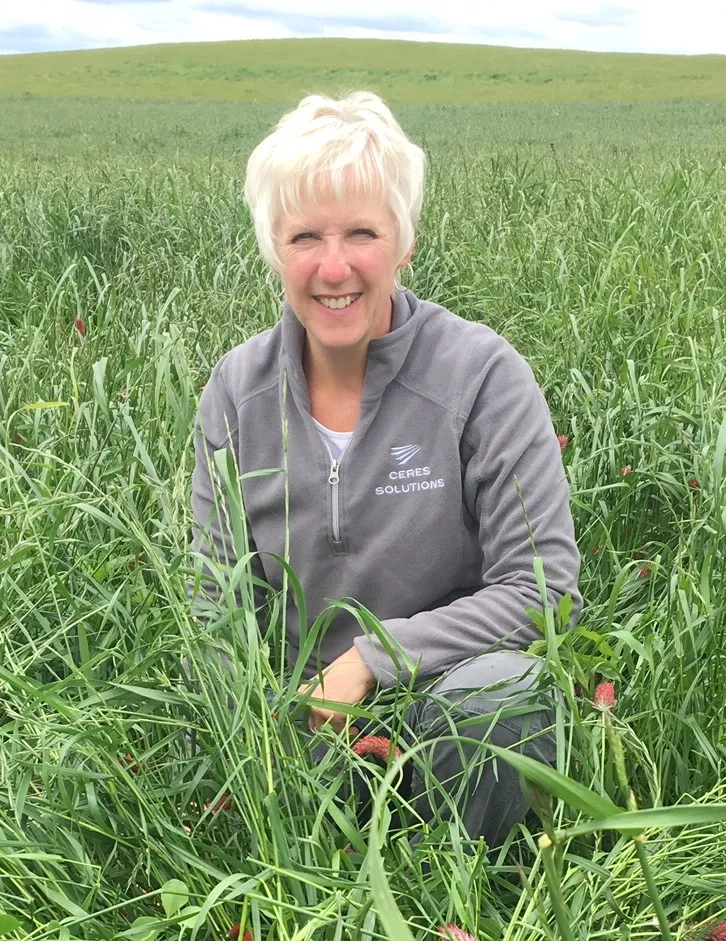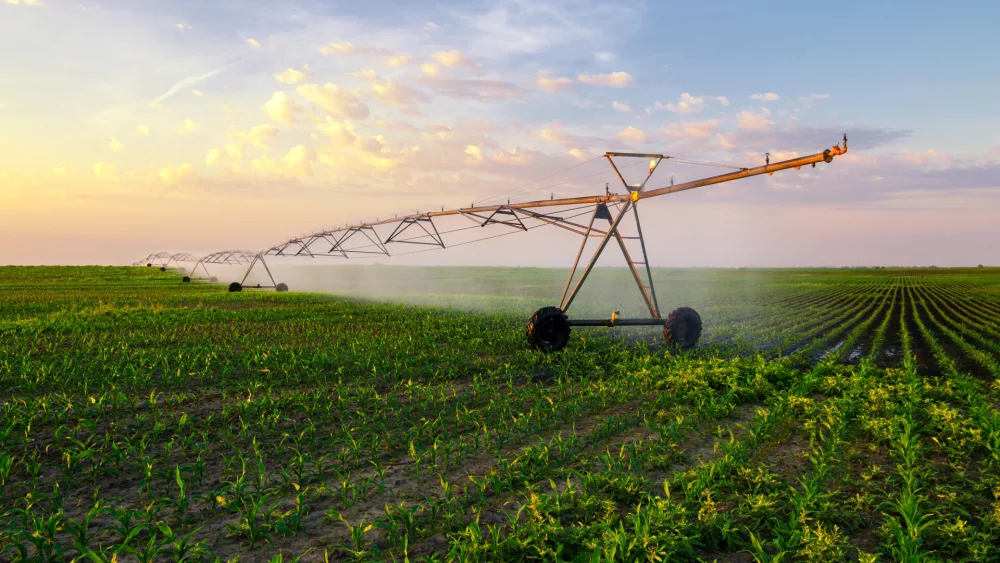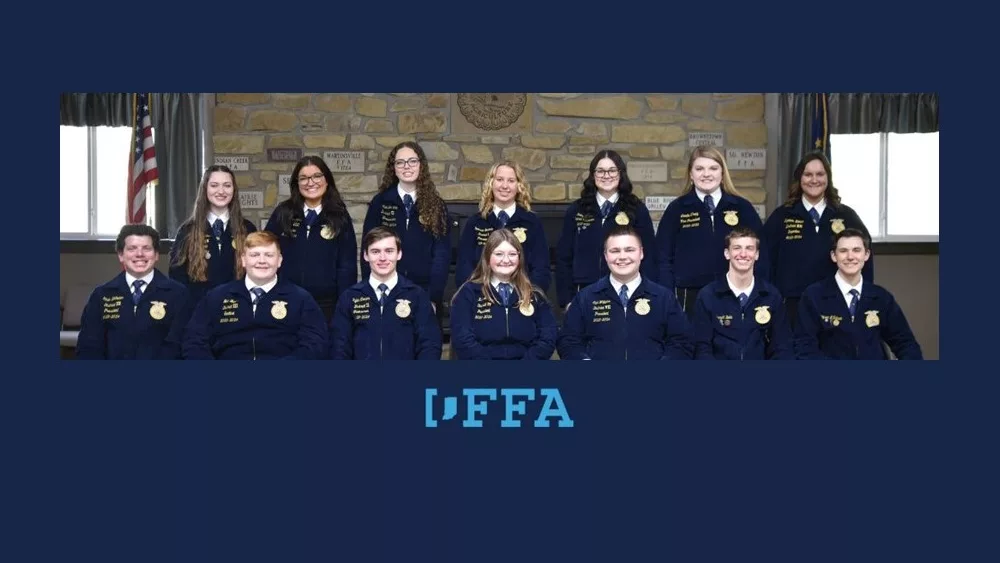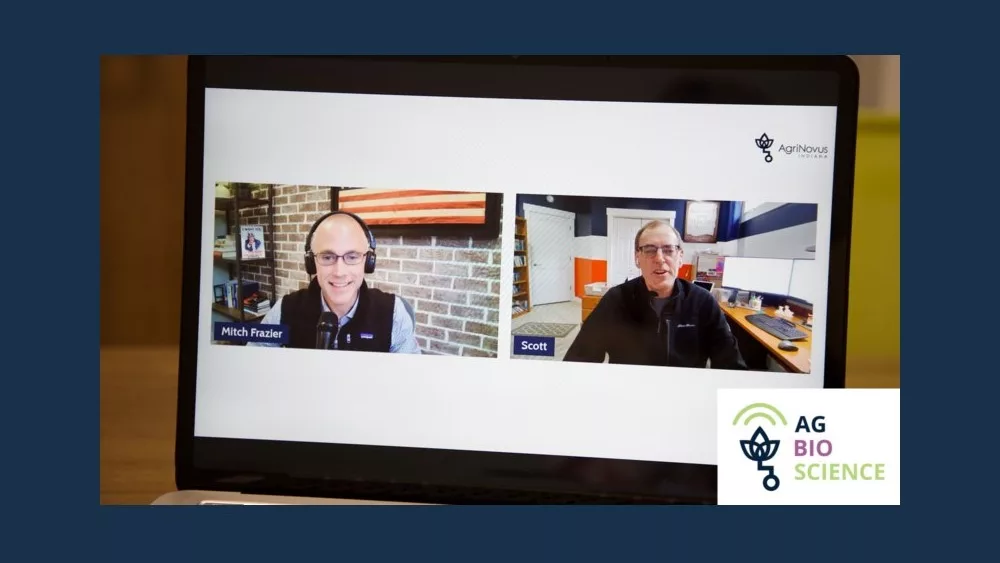The recent dry weather has put Indiana at 25-75 percent less precipitation than normal over the last 30 days. If we don’t get rain when and where we need it, we’ll need to conserve the water that we do have.
One way to conserve water is to improve your irrigation system’s efficiency. That’s the discussion in the latest episode of the HAT Soil Health Podcast brought to you by the Conservation Cropping Systems Initiative.

One tool that can help improve efficiency is a soil moisture probe. Betsy Bower is an agronomist for Ceres Solutions Cooperative in western Indiana. She explains that the probes measure soil moisture, temperature, and electrical conductivity.
“We can see those soluble salts, which are going to be fertilizer salts—could be nitrogen, could be potassium—we can see it move through the profile in those sandy soils, and then we can also measure sort of maybe what is in the top foot of soil.”
Mark Kingma farms in Jasper County and joins Bower on the podcast. He uses those measurements to help him make decisions about fertilizer applications.
“The probes can tell us when the nitrogen has gotten pushed down too far, and if we may have to come in with a second nitrogen application. They really work well. They’re well worth the money we invest.”
He adds that the probes also help him see ahead of time when he needs to start the irrigator.
“It’s anywhere from three to four days to make a circle with a pivot. If it all starts lacking at the same time, lacking moisture, some of it’s four days before it gets moisture. We’re able to start the pivot up sooner than what we otherwise would if we were just guessing on our own.”
Bower says that plants in a soil health system like Kingma’s grow deep roots, and irrigation can start up a week or two later than usual.
“What I’ve also found is with the fields under soil health systems, there’s a little bit more water in the system itself; overall, that we can also stop irrigating a little sooner during the year.”
Click below to hear the full conversation in the latest HAT Soil Health Podcast brought to you by the Conservation Cropping Systems Initiative.





